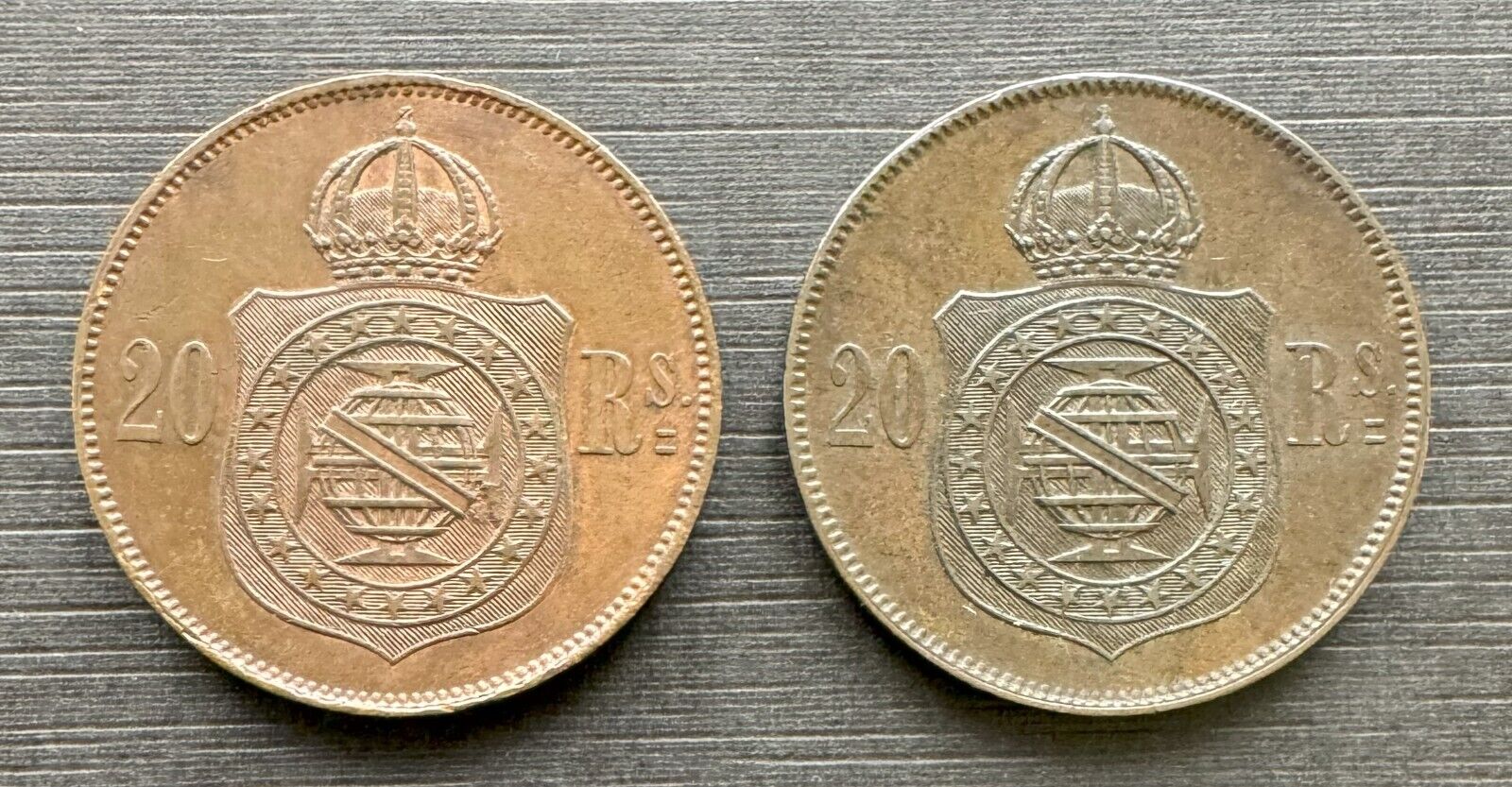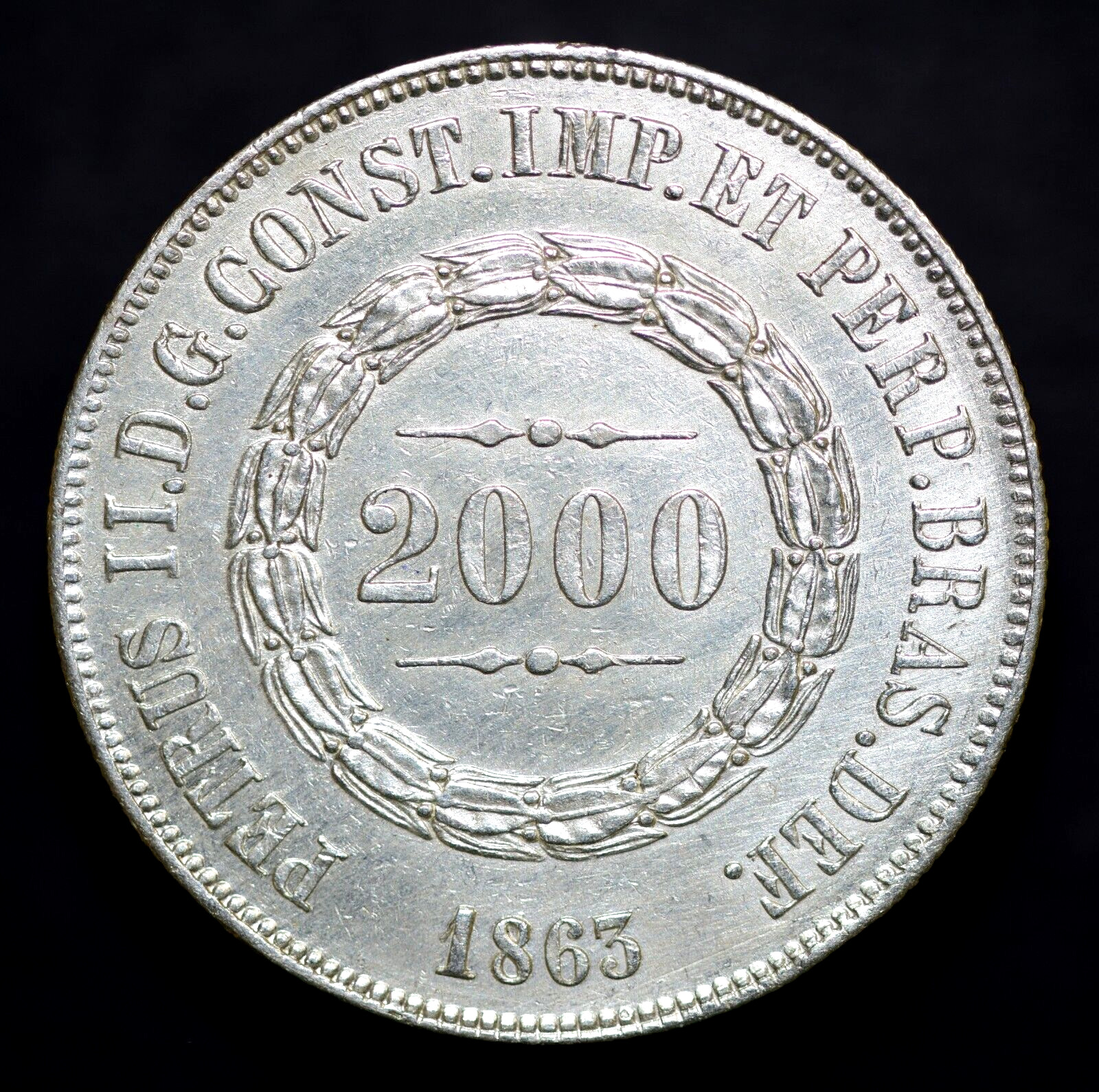-40%
Portugal 1720- João V gold 400 Reis - PCGS MS61 - ONLY ONE FINER @ MS62!
$ 660
- Description
- Size Guide
Description
This exquisite gold 400 Reis coin from Portugal, minted in 1720 during the reign of João V, is a true gem for any serious collector. Graded MS 61 by PCGS, it is an uncirculated piece with a fineness of 0.9. The KM Number is 201 and it comes with certification from PCGS. This rare coin is a real treasure, showcasing the excellence of Portuguese craftsmanship and the rich history of South America. With its beautiful design and impeccable quality, it is a must-have for any lover of world coins. Don't miss your chance to own this amazing piece of history, as only one coin has been graded finer at MS62. PCGS MS61The coinage of Portugal since 1500 reflects the country's rich history, economic development, and colonial expansion. Here's an overview of the main developments in Portuguese coinage since the beginning of the 16th century:
Discoveries and Colonial Expansion (16th Century)
:
During the Age of Discovery in the 15th and 16th centuries, Portugal established a vast overseas empire, including territories in Africa, Asia, and the Americas.
Portuguese coinage during this period included various denominations of gold, silver, and copper coins, minted to facilitate trade and finance colonial ventures.
Notable Portuguese coins from this period include the Portuguese real (reál), the Portuguese cruzado, and the Portuguese escudo.
Union with Spain (1580-1640)
:
From 1580 to 1640, Portugal was under Spanish rule as part of the Iberian Union.
During this period, Spanish coins circulated in Portugal alongside Portuguese coinage, reflecting the union of the two kingdoms.
Restoration of Independence (1640)
:
In 1640, Portugal regained its independence from Spain, leading to the restoration of the Portuguese monarchy under King John IV.
Portuguese coinage resumed following the restoration, with the reintroduction of traditional Portuguese denominations and designs.
Gold Coinage (18th Century)
:
In the 18th century, Portugal became a significant producer of gold coins, particularly during the Brazilian gold rush in the Minas Gerais region.
Gold coins, such as the Portuguese dobrão and the moeda, played a crucial role in financing Portugal's economy and colonial ventures.
Monetary Reforms (19th Century)
:
In the 19th century, Portugal underwent various monetary reforms aimed at modernizing its currency system and stabilizing the economy.
In 1837, Portugal adopted the escudo as its official currency, replacing the real. The escudo was subdivided into 100 centavos.
Portuguese coinage during this period included silver and copper coins, with denominations such as the milréis and the centavo.
Republic and 20th Century
:
Following the establishment of the Portuguese Republic in 1910, the country continued to issue coins under the new regime.
In 1911, Portugal introduced the Portuguese Republic escudo (escudo da República Portuguesa) as its official currency, replacing the monarchy-era escudo.
The Republic-era coinage included denominations such as the escudo, the centavo, and later, the Portuguese real.
Adoption of the Euro (2002)
:
In 2002, Portugal adopted the euro as its official currency, as part of its membership in the Eurozone.
Portuguese coins and banknotes were phased out in favor of euro coins and banknotes, marking the country's integration into the European Union's single currency system.
Throughout its history, Portuguese coinage has reflected the country's economic, political, and cultural evolution, from the Age of Discovery to the modern era of European integration.










